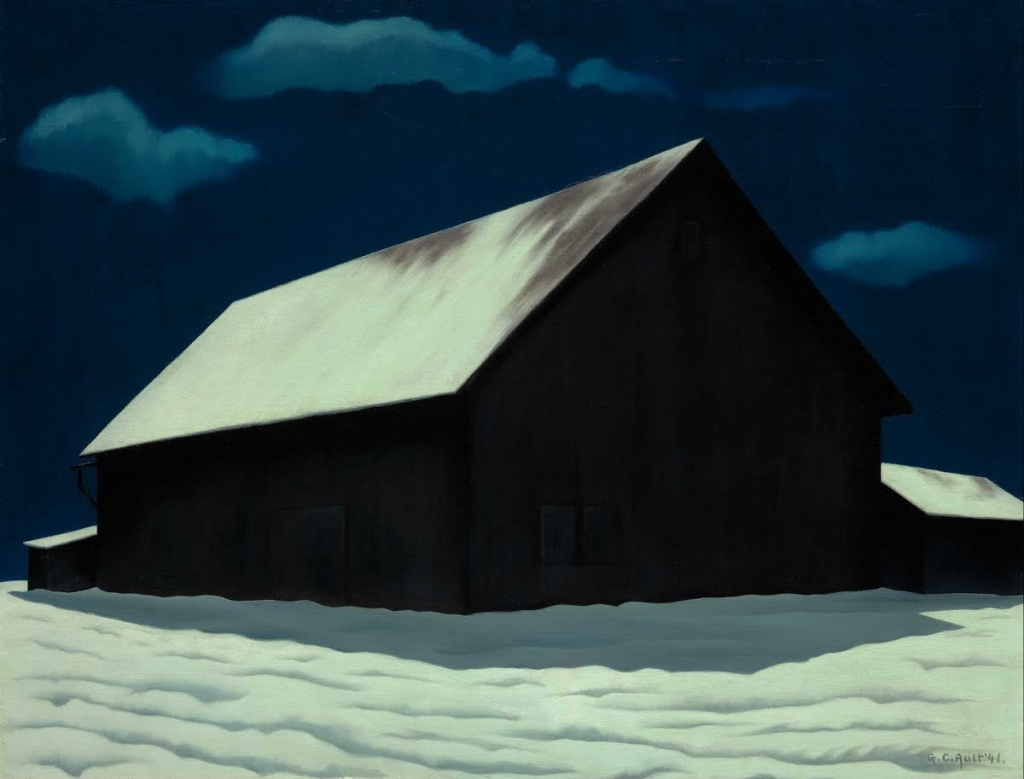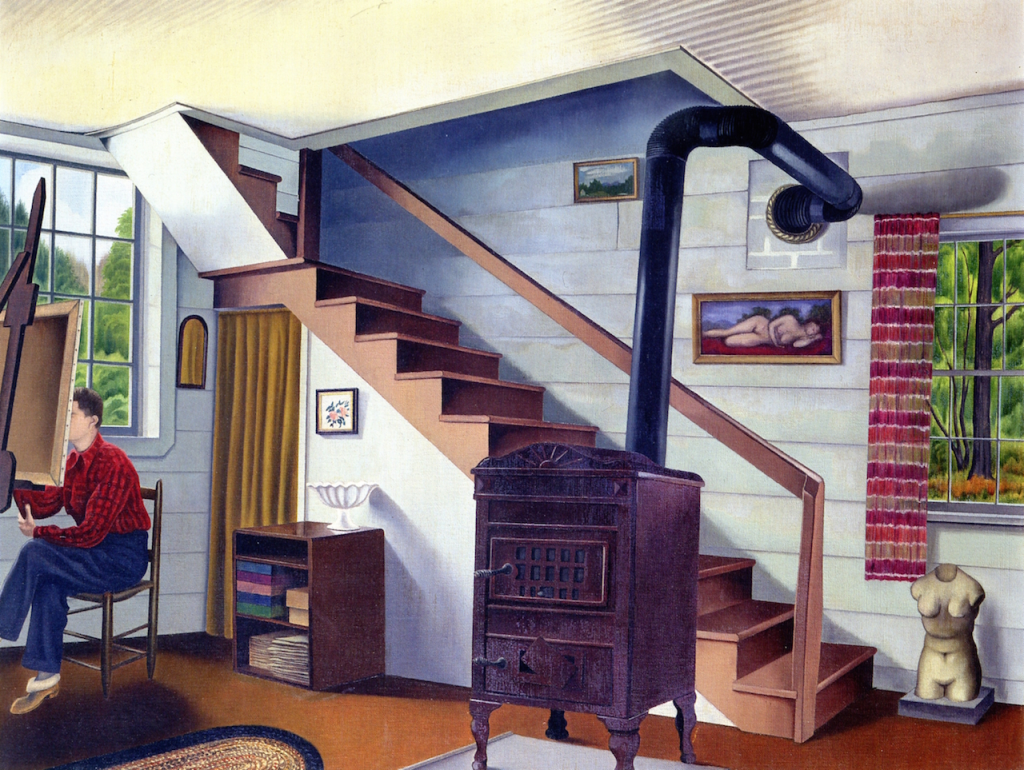Introduction
Today is the birthday of George Ault, an American artist whose style converged between realism and surrealism. Ault, born October 11, 1891, remains relevant to American art history, particularly at the forefront of modernist painting in New York during the early twentieth century. His work provides a haunting look at the American scene during his period, reflecting the deep doubt felt by many.
Early Life and Artistic Development
Although George Ault was born in Cleveland, he grew up and received his formal training in art in London, England at the prestigious St. John’s Wood Art School. He was influenced by the classic works of European masters and it is seen in his early paintings. Yet, following World War I, Ault returned to the US and integrated with the developing American art world. Born and raised in Europe, Ault would however turn his camera to the mundane aspects and industrial landscapes of America.
Ault’s Unique Style: Blending Realism and Surrealism
That style has been described as a combination of realism and surrealism by Edmontonians. Even in his borderline mundane slices of rural and small-town American life, there was an underlying sense that what we were watching was from another terrestrial world. Frequently his works showed bold lights and darks, earning the paintings an eerie sometimes dreamlike feel. His practice differed from other American Scene painters of his era, who were more interested in showing everyday life with a matter-of-fact directness.
His famous painting, “Bright Light at Russell’s Corners” (1946), showcases his signature style. The composition, marked by the interplay of light, darkness, and sharp angles, captures a quiet, rural setting with a sense of isolation. This painting, like many of his works, evokes a feeling of melancholy and contemplation, reflecting the tumultuous period of the 1940s.

The Influence of the Great Depression and World War II
The Great Depression and World War II also shaped the life and art of Ault. Many of his paintings from this period portrayed loneliness and desolation. Those very elements were not only character supports, but expressions of his battle to stay afloat (and alive) after years of financial instability and the emotional hangover from his war years. The collection of work that Ault produced during this period traces the mood of America—stoic, but shot through with a simmering tension.
Major Works and Artistic Legacy
Some of Ault’s most notable works include:
- “January Full Moon” (1941): This painting depicts a quiet, snow-covered landscape under the light of a full moon, creating a serene yet haunting atmosphere.

- “Bright Light at Russell’s Corners” (1946): As mentioned, this piece remains one of his most famous, embodying his signature style of contrasting light and dark to evoke a sense of mystery.
- “Daylight at Russell’s Corners” (1944): The daylight version of the iconic “Bright Light” series, showcasing Ault’s ability to convey different moods within the same setting.

Personal Life and Tragic End
Though his paintings suggest a thoughtful, peaceful man painting calmly in beautiful surroundings, Ault’s personal life was anything but calm. His personal and health problems (financial problems, alcoholism, bouts of depression) overshadowed his career. His burden grew heavier with the tragic deaths of all 3 of his brothers. George Ault — a man unshakingly methodical, his delicate line forming meticulous landscapes — was, presumably acting under great stress when he took his own life in 1948.
Rediscovery and Recognition
While largely forgotten for years, Ault’s work became of interest once more in the mid-20th century. Today, his paintings are seen as very important for an understanding of the scope and psychological depth latent in American Scene art. His works have re-entered the public conversational with appearances at institutions including New York City’s Whitney Museum of American Art and Washington D.C.’s Smithsonian American Art Museum.

Why George Ault’s Art Matters Today
Today, George Ault is celebrated not only for his artistic skill but also for his ability to capture the underlying complexities of the American experience. His paintings resonate with modern audiences because they transcend their time, offering reflections on solitude, resilience, and the search for meaning. On his birthday, October 11, we remember Ault as an artist who, despite his personal battles, left a legacy that continues to inspire and provoke thought.





